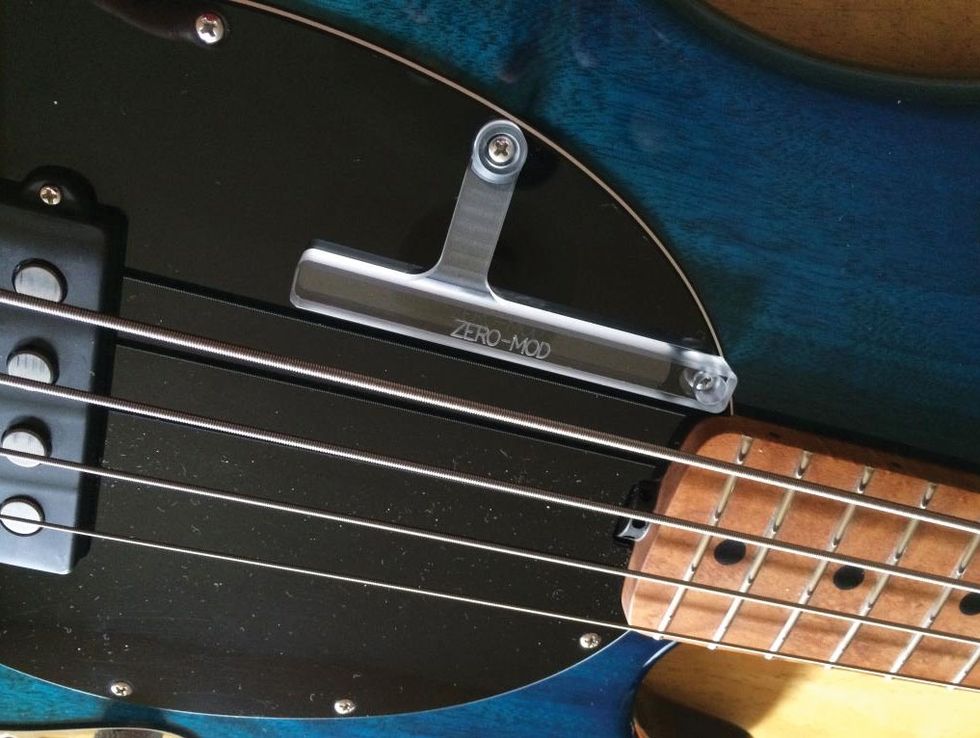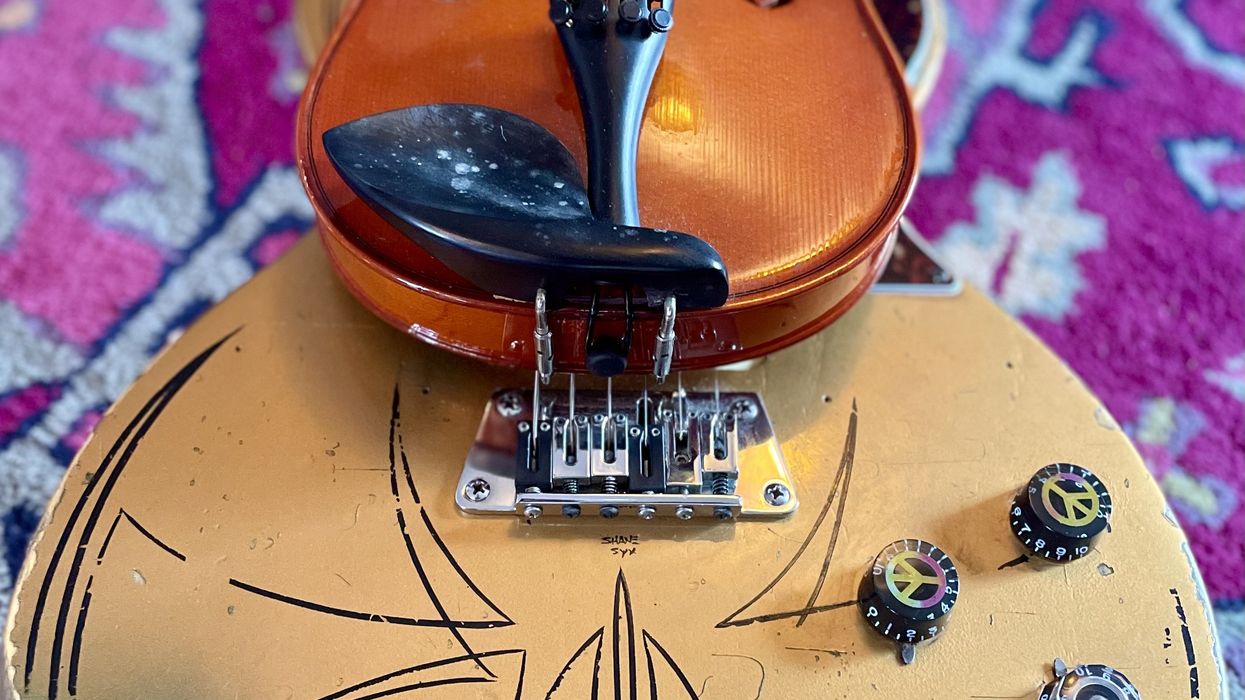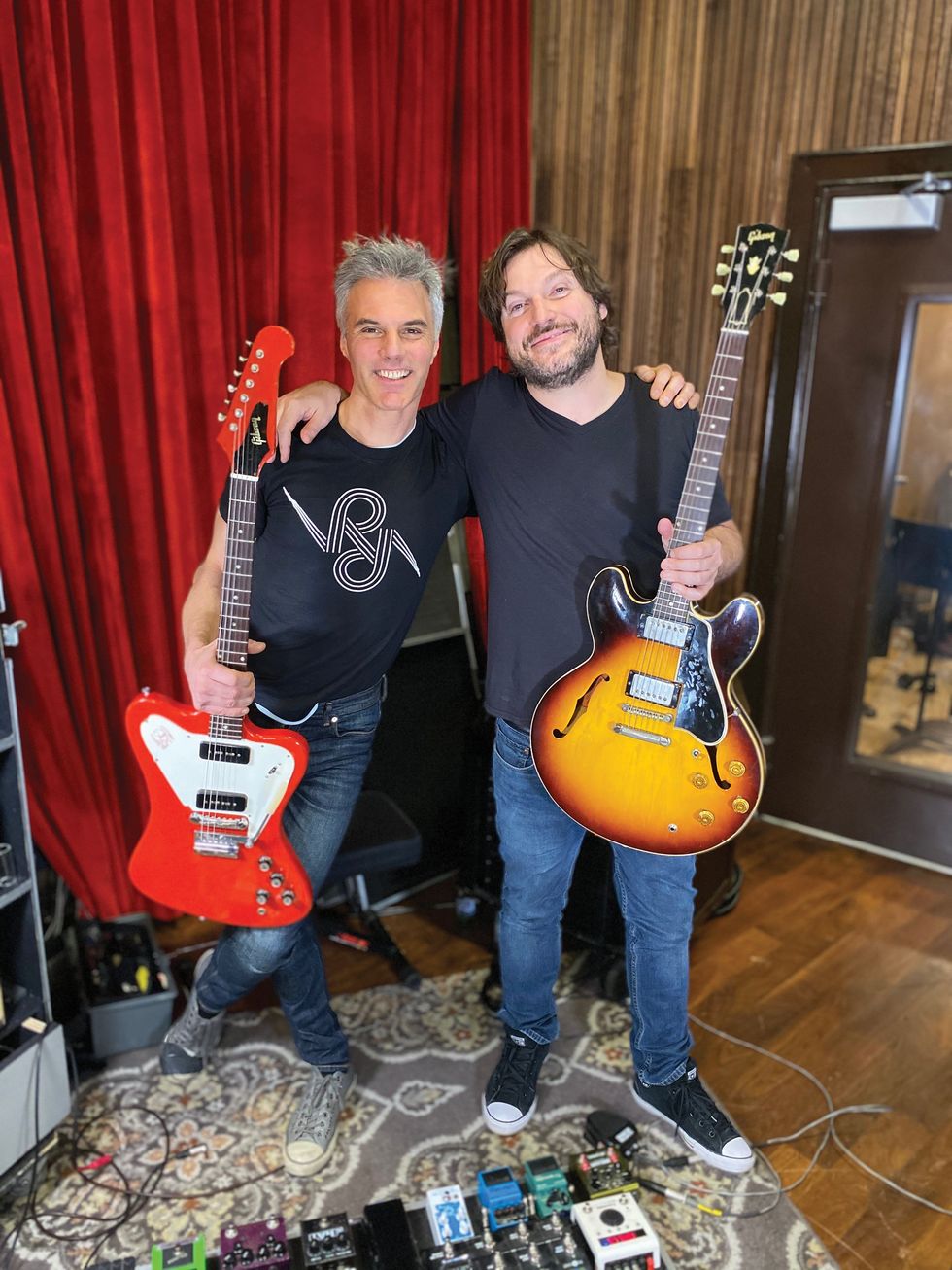It’s that time of year again—when I find myself back in my bass-man cave for extended hours of practicing and general overthinking about all things bass related. It’s also time to work on new concepts and dig deeper into the aspects of playing that I’ve always struggled with to some degree. When doing so, I either discover new low-end life hacks or employ some old ones.
Speed and consistency on your lowest string. My bass collection is about 70 percent 5-string basses. Once I got used to playing a 5-string, something often just felt, well, missing when I switched back to a 4-string. With that said, I’ve found myself playing 4-string more frequently over the past few years—notably at different tribute events, where a lot of the songs were originally performed on 4-string.
I recently had to learn a song that consisted of even 16th-notes at a fairly quick tempo throughout, with about half of the notes located on the 4th string. Being able to play quickly with two-finger alternation means never having the tips of your fingers too far from the string. This normally isn’t a challenge when playing the 1st, 2nd, and 3rd strings, because right after plucking a string, the finger gets stopped by the string immediately above it. When playing the 4th string on a 4-string bass, however, there is no 5th string to stop the fingers.
A solution for this is mounting a thumb rest above the 4th string to function as a finger stop, locating it the exact same distance away from the 4th string that a 5th string would be.Because I still rest my thumb on the top of the pickups or the top of the neck—depending on genre—this hack is not meant for plucking-hand comfort. This hack is for speed and tonal consistency, and it’s something I might put on several 4-string basses.
Supercharge the learning. The next bass hack is for beginning and intermediate players, and practicing it is a necessity to make the jump to the pro level. It’s also fairly simple and a lot of fun. Regular readers of this column may remember me mentioning the many advantages of the Nashville Number System. One of the main advantages is that if you’ve spent time writing a detailed chart for a particular song, you can use that same chart in any key. It could be that your singer has a cold and wants to lower the song, or maybe you’re playing with a different singer whose repertoire includes the same song, but needs a different key than the original. The latter is often a necessity when a woman sings a song originally recorded by a man, or vice versa.
If you were to study jazz at a music college, your instructor would likely encourage you to be able to play all the standards in all 12 keys. That’s an incredible exercise and a lofty goal, but my bass hack is to learn a song in at least three keys every time you learn a new song. You’ll be surprised how easily your brain will adopt the kind of thinking involved with transposing on the fly. Luckily, we bassists have a distinct advantage in this department, since transposing for us usually means moving one note at a time. That’s a less-daunting task than our fellow musicians—who, in many cases, play instruments where chords are the bulk of their function.
Hop on the vocal train. Many classic bass lines are rightfully referred to as “sub-hooks”—lines as memorable and important as the vocal melody. The importance of studying melodies from a variety of different instruments and incorporating their phrasing and dynamics into your vocabulary is a common practice in the jazz and fusion worlds. For us bassists who spend most of our time in the pop and rock realms, learning some of the vocalist’s lines is a great idea as well.
What I like to do is stray from a bass line that is simple and repetitive, and double the singer on one single line, usually in the middle of the verse or somewhere unexpected. I’ll then return to the bass line before most listeners even realize what happened. This little low-end hack really connects the rhythm section to the melody in a fun and non-intrusive way, and will add to your fill and solo vocabulary.

















